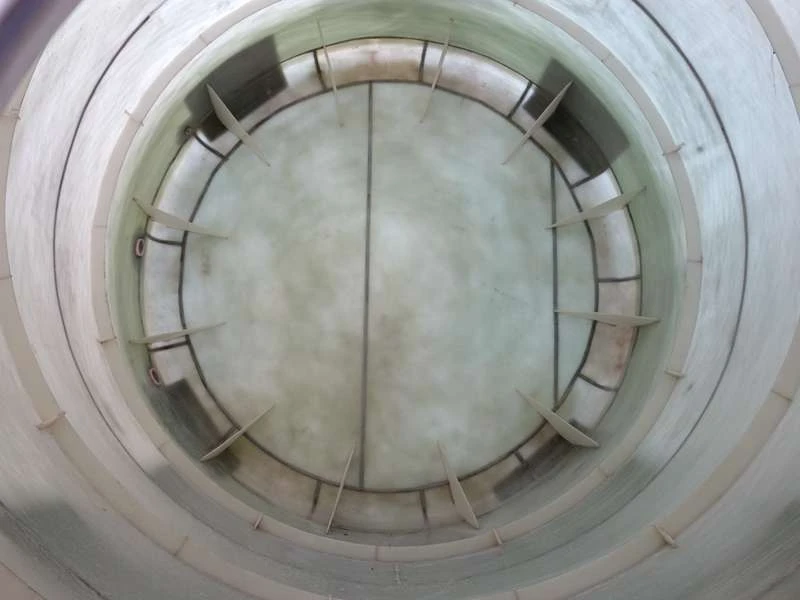
-
 Afrikaans
Afrikaans -
 Albanian
Albanian -
 Amharic
Amharic -
 Arabic
Arabic -
 Armenian
Armenian -
 Azerbaijani
Azerbaijani -
 Basque
Basque -
 Belarusian
Belarusian -
 Bengali
Bengali -
 Bosnian
Bosnian -
 Bulgarian
Bulgarian -
 Catalan
Catalan -
 Cebuano
Cebuano -
 China
China -
 China (Taiwan)
China (Taiwan) -
 Corsican
Corsican -
 Croatian
Croatian -
 Czech
Czech -
 Danish
Danish -
 Dutch
Dutch -
 English
English -
 Esperanto
Esperanto -
 Estonian
Estonian -
 Finnish
Finnish -
 French
French -
 Frisian
Frisian -
 Galician
Galician -
 Georgian
Georgian -
 German
German -
 Greek
Greek -
 Gujarati
Gujarati -
 Haitian Creole
Haitian Creole -
 hausa
hausa -
 hawaiian
hawaiian -
 Hebrew
Hebrew -
 Hindi
Hindi -
 Miao
Miao -
 Hungarian
Hungarian -
 Icelandic
Icelandic -
 igbo
igbo -
 Indonesian
Indonesian -
 irish
irish -
 Italian
Italian -
 Japanese
Japanese -
 Javanese
Javanese -
 Kannada
Kannada -
 kazakh
kazakh -
 Khmer
Khmer -
 Rwandese
Rwandese -
 Korean
Korean -
 Kurdish
Kurdish -
 Kyrgyz
Kyrgyz -
 Lao
Lao -
 Latin
Latin -
 Latvian
Latvian -
 Lithuanian
Lithuanian -
 Luxembourgish
Luxembourgish -
 Macedonian
Macedonian -
 Malgashi
Malgashi -
 Malay
Malay -
 Malayalam
Malayalam -
 Maltese
Maltese -
 Maori
Maori -
 Marathi
Marathi -
 Mongolian
Mongolian -
 Myanmar
Myanmar -
 Nepali
Nepali -
 Norwegian
Norwegian -
 Norwegian
Norwegian -
 Occitan
Occitan -
 Pashto
Pashto -
 Persian
Persian -
 Polish
Polish -
 Portuguese
Portuguese -
 Punjabi
Punjabi -
 Romanian
Romanian -
 Russian
Russian -
 Samoan
Samoan -
 Scottish Gaelic
Scottish Gaelic -
 Serbian
Serbian -
 Sesotho
Sesotho -
 Shona
Shona -
 Sindhi
Sindhi -
 Sinhala
Sinhala -
 Slovak
Slovak -
 Slovenian
Slovenian -
 Somali
Somali -
 Spanish
Spanish -
 Sundanese
Sundanese -
 Swahili
Swahili -
 Swedish
Swedish -
 Tagalog
Tagalog -
 Tajik
Tajik -
 Tamil
Tamil -
 Tatar
Tatar -
 Telugu
Telugu -
 Thai
Thai -
 Turkish
Turkish -
 Turkmen
Turkmen -
 Ukrainian
Ukrainian -
 Urdu
Urdu -
 Uighur
Uighur -
 Uzbek
Uzbek -
 Vietnamese
Vietnamese -
 Welsh
Welsh -
 Bantu
Bantu -
 Yiddish
Yiddish -
 Yoruba
Yoruba -
 Zulu
Zulu
frp cover
Understanding FRP Cover Applications and Benefits
Fiber Reinforced Polymer (FRP) cover has emerged as a significant advancement in various fields, particularly in construction and civil engineering. The application of FRP materials has gained popularity due to their remarkable strength-to-weight ratio, corrosion resistance, and versatility. This article delves into the concept of FRP cover, its applications, and the benefits it provides in modern engineering practices.
What is FRP Cover?
FRP cover refers to the use of polymer materials reinforced with fibers - typically glass, carbon, or aramid - to enhance the mechanical properties and durability of structures. This composite material is created by embedding fibers in a polymer matrix, which significantly improves the material's tensile strength, flexibility, and resistance to environmental factors. The outcome is a lightweight, yet robust material that can be molded into various shapes and sizes for a multitude of applications.
Applications of FRP Cover
FRP covers are used in a wide range of applications across different sectors. Here are some notable uses
1. Infrastructure and Construction FRP covers are widely employed in the construction of bridges, roads, and buildings. They serve as protective shields against environmental corrosion and mechanical wear, prolonging the lifespan of structural components.
2. Marine Industry In the marine sector, FRP is utilized to manufacture hulls, decks, and other components of vessels. FRP materials' resistance to saltwater corrosion ensures longevity and maintenance efficiency, making them ideal for maritime applications.
3. Aerospace The aerospace industry benefits from FRP covers due to their lightweight nature, which contributes to fuel efficiency in aircraft. They are used in aircraft fuselages, wings, and other structural components, optimizing performance without sacrificing strength.
4. Automotive With the rise of electric vehicles, manufacturers are adopting FRP materials to reduce vehicle weight, which, in turn, enhances energy efficiency. FRP covers can be found in body panels, structural reinforcements, and various interior components of modern cars.
frp cover

5. Electrical and Electronics FRP covers play a crucial role in the electrical industry, where they are used to create insulators, casings, and enclosures. Their non-conductive properties make them suitable for various electronic applications.
Benefits of FRP Cover
The use of FRP covers provides numerous advantages
1. Corrosion Resistance One of the most significant benefits of FRP is its resistance to corrosion. Unlike traditional materials like steel, which can rust and deteriorate over time, FRP withstands harsh environmental conditions, reducing maintenance costs and downtime.
2. Lightweight yet Strong The excellent strength-to-weight ratio of FRP materials allows for the construction of lighter structures without compromising on strength. This feature is particularly beneficial in applications where weight reduction is critical, such as aerospace and automotive.
3. Design Flexibility FRP materials can be molded into complex shapes, offering architects and engineers greater design freedom. This flexibility allows for innovative design solutions that would be difficult to achieve with conventional materials.
4. Thermal Insulation FRP materials provide effective thermal insulation, making them suitable for applications requiring temperature control. This property is especially valuable in the construction of energy-efficient buildings.
5. Sustainability The increasing focus on sustainable construction practices has led to the adoption of FRP materials, which can be designed for recyclability. Moreover, the durability and longevity of FRP reduce the frequency of replacements and repairs, thereby contributing to a lower environmental impact over time.
Conclusion
In conclusion, FRP cover stands at the forefront of modern engineering solutions, offering an array of benefits that enhance the performance and durability of structures across various industries. Its unique properties make it a preferred choice for engineers and designers striving to meet the demands of contemporary construction and manufacturing while minimizing environmental impacts. As technology continues to advance, we can expect even more innovative applications of FRP materials, further revolutionizing the way we build and design our world.









